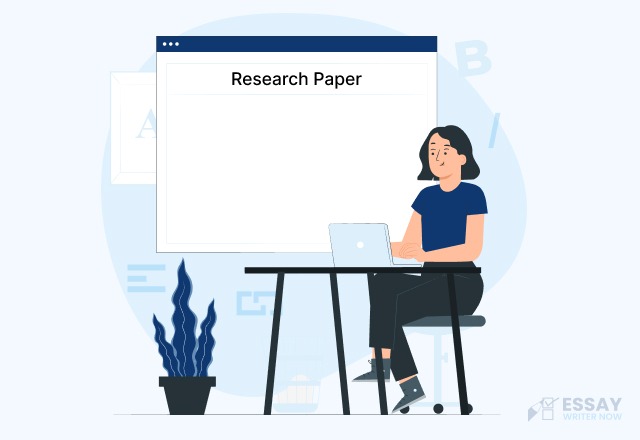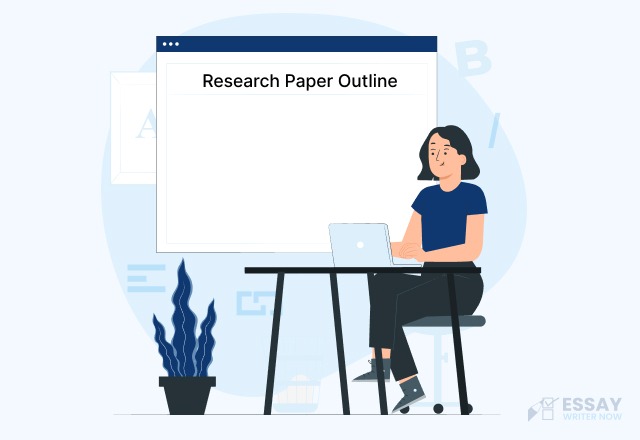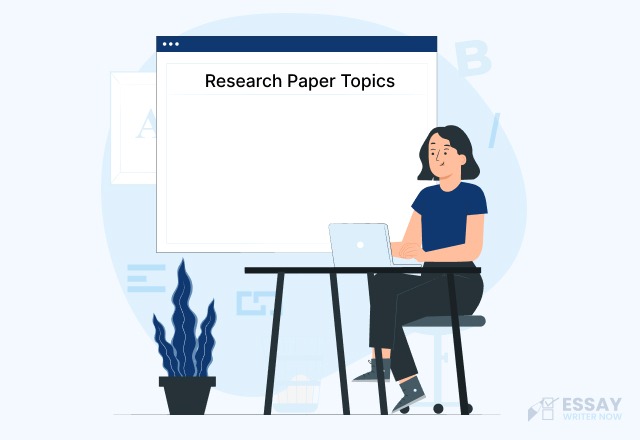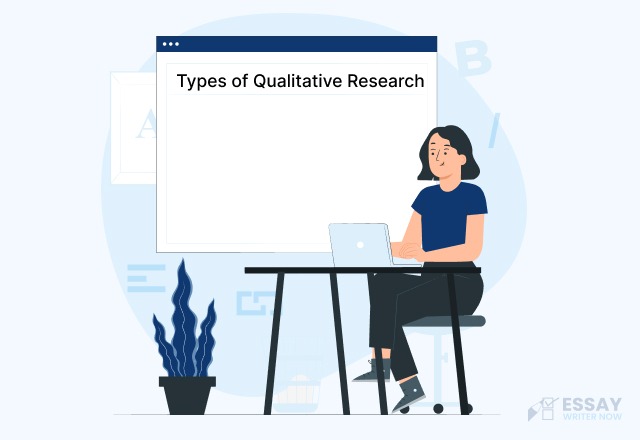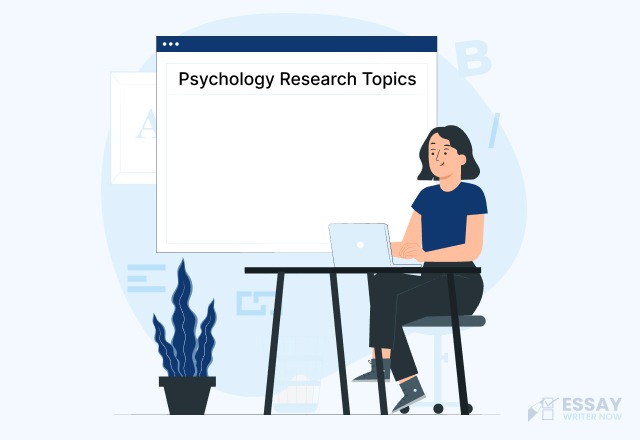What is a Literature Review?
A literature review is a way to find out what is already known about your topic. It will help you see what has been studied and what gaps or weaknesses still exist.
The literature review provides an overview of the current research and data on the topic. It also includes a survey of scholarly article sources.
The main purpose of writing the literature review is to:
- Evaluate and analyze the theories that are relevant to your topic
- Develop a theoretical framework and research methodology
- Understand the existing research on your topic
- Provide an overview of the sources that you investigated while researching your topic
A literature review is important because it provides a comprehensive overview of what has been written on the topic. It can help you understand the topic better and also show you where there is room for new research.
A good literature review summarizes sources and critically evaluates them to give you a clear picture of the topic that is currently known.
Types of Literature Review
There are several different types of literature reviews. It is important to be familiar with each type and understand its requirements and purposes.
The following are the most common types of literature reviews:
Argumentative Review
An argumentative review critically examines literature to support a specific argument, while also presenting and critiquing opposing viewpoints. Its main goal is to persuade the reader through a logical argument supported by evidence. This type of review is common in fields with prevalent debates, such as politics, sociology, and philosophy.
Systematic Review
A systematic review aims to comprehensively identify, evaluate, and synthesize research on a specific question using standardized methods. It involves a thorough search, data extraction, and analysis, often using meta-analysis. This review type is widely used in healthcare, education, and other fields requiring evidence-based practice.
Integrative Review
An integrative review synthesizes literature on a topic to create new frameworks and perspectives, combining data from theoretical and empirical studies. It provides a comprehensive understanding of complex topics and is commonly used in social sciences, nursing, and public health.
Historical Review
A historical review examines the evolution of research and ideas over time, placing current research in its historical context. It highlights significant developments and trends, providing insights into the historical trajectory of a topic. This type is useful in fields like history, anthropology, and education.
Methodological Review
A methodological review focuses on the research methods used in studies on a particular topic. It critiques and compares various approaches, highlighting their strengths, weaknesses, and ethical considerations. This review is important in fields with diverse research methods, such as psychology, sociology, and health sciences.
Theoretical Review
A theoretical review evaluates the theories related to a specific topic, examining their development and application in research. It explores relationships between theories and identifies gaps, providing a comprehensive theoretical landscape. This type is common in disciplines like psychology, sociology, and economics, where theoretical frameworks are crucial.
How to Write a Literature Review?
A literature review is the key component of any research paper. It will prevent you from repeating any information, and resolve conflicts between sources, but it needs some planning for the best results.
For your help, we have gathered some steps that will help you write a great literature review.
Understand the Requirements
When writing a research paper, it is crucial to remember that your professor will have specific requirements and expectations for the assignment. These requirements may include guidelines on the topic, length, format, citation style, and the sources you should use.
Narrow Your Topic
Narrowing down your area of study is key to ensuring you are writing about something interesting. Brainstorm and think about what interests or fascinates you, as well as your audience.
Talk to your professor to find out if they have any suggestions for broadening the scope of topics.
Conduct Your Research
Writing a literature review is not only about gathering sources for your research project. Instead, it should be relevant and find interesting papers that connect to your topic.
It is important to read authentic texts in your field and the most up-to-date publications by relevant scholars.
Analyze and Select Sources
You can't read everything written about the topic, but you should analyze the most relevant sources. The following are some factors you should consider when analyzing the sources for your paper.
- Key findings of the research work
- Challenge to the existing literature
- Strengths and weaknesses of the research work
- Key arguments
- Possible contributions
To write a credible review, you must be using authentic and reputable scholarly sources. Furthermore, reading the most recent articles in your field will help strengthen your argument.
Identify Connections
Now, you have to determine the relationship between your sources. However, some elements should be taken into account when identifying the relationship.
- Identify the trends or patterns.
- Find out the theme of the literature.
- Examine the gaps
- Determine the conflicts
These elements will help you identify your contribution to the existing knowledge.
Create the Thesis Statement
The thesis statement should be clear, concise, and get right to the point. It's not just about stating your point of view as many students think they do--it needs more than that.
A good research paper will have a strong thesis statement that presents a major viewpoint about the topic.
Create the Literature Review Outline
It is important to organize your literature review the same way as other essays. It should contain an introduction, body, and conclusion.
However, a difference between this kind of outline and the common research paper outline is that all three sections - introduction, body paragraphs and conclusion - are added in each review.
Let’s discuss this in detail.
- Introduction
The introduction section should present the topic, its importance, and its relevance to readers. A thesis statement should be written at the end of an introduction paragraph. It gives a rough idea about what you will discuss in the review.
- Main Body
The main section will discuss the main part of the selected source. What is the author saying in it? What point did the author make here? How is it relevant to the study? All of these questions are answered here.
- Conclusion
The conclusion section of your review should summarize the key findings and emphasize their significance. A good conclusion should contain:
- The overall implications
- The research gaps
- The approaches and findings
Proofreading and Editing
The final step in writing a literature review is proofreading. This includes correcting all spelling and grammar mistakes and checking that each paragraph flows consistently with the others. Also, eliminate any jargon words or phrases.
Want to improve your writing skills? Try using an AI essay writer to give yourself a boost.
Literature Review Examples
To write a good literature review, you should know how to write it. Here are some great examples for your help.
Tips for Writing the Literature Review
Here are some tips for writing the literature review.
- Focus on the research question.
- Consider the central theme and ideas.
- Develop a theoretical framework for your research.
- A literature review is different from an annotated bibliography.
- Gather data from books, articles, or journals.
- Not simply list the sources in the literature review.
- Summarize and synthesize the main points of each source.
- Listing and summarizing data in a correct way.
In conclusion, writing a literature review is crucial for any research project. It helps you connect your work to existing studies and shows where your research fits in. By following our guidelines, you'll learn how to analyze and summarize relevant information. You'll also spot gaps in the current research and position your study to address these gaps.
However, to write a literature review, you need good writing and research skills.Try getting professional help from an expert essay writing service.

